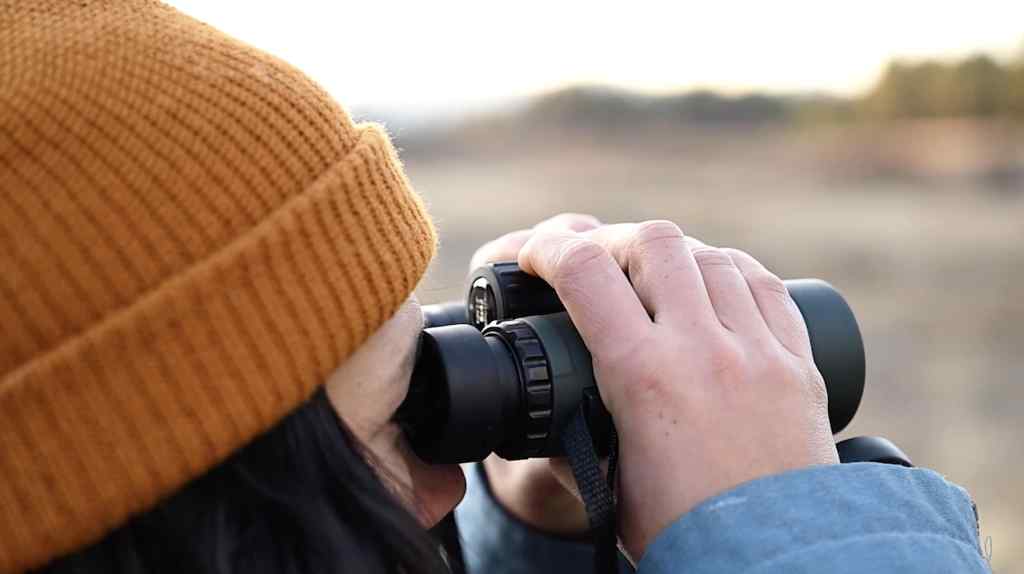Best Professional Telescopes: Which One Fits Your Photography Needs?
In the realm of astrophotography, finding the best professional telescopes can feel somewhat overwhelming. With the vast array of options available, it's important for professional photographers to pinpoint the telescope that best meets their unique needs. Whether youre photographing the sprawling beauty of distant galaxies or capturing stunning lunar landscapes, having the right equipment can make all the difference.
This guide aims to provide you with a detailed overview of the essential features, types, and recommended models that will elevate your astrophotography to extraordinary heights. From optics quality to ease of use, let's dive into what makes a telescope truly stand out.

Understanding Telescope Types
There are primarily three types of telescopes that photographers typically consider: refractor, reflector, and compound. Each type has its unique set of advantages and disadvantages.
1. Refractor Telescopes
Refractor telescopes utilize lenses to gather and focus light. These telescopes are appreciated for their simplicity and clarity. They are particularly favored by those who want to achieve high-quality, crisp images of celestial objects.
2. Reflector Telescopes
Using mirrors instead of lenses, reflector telescopes offer a captivating depth of field. They allow for larger apertures, which means they can gather more light - essential for capturing faint celestial bodies. If you want to know more about the best reflector telescopes available, check out this detailed review.
3. Compound Telescopes
Combining features of both refractor and reflector telescopes, compound types are designed for versatility. They tend to be compact and easy to transport, making them perfect for mobile astrophotographers. Their technology allows for excellent light collection and imaging capabilities.
Key Features to Look For
When choosing the best professional telescopes, consider the following essential features:
Aperture Size
The aperture size is crucial as it determines how much light a telescope can gather. A larger aperture allows for better imaging of faint objectsthis is especially important for astrophotographers who aim to capture the subtle details of nebulae and distant stars.
Mounting Type
Telescopes can be mounted in several ways, including equatorial or altazimuth mounts. Equatorial mounts are generally favored for astrophotography because they can track celestial motions seamlessly.
Optical Quality
The quality of optics profoundly affects image clarity. Look for telescopes with high-quality glass and fully coated optics, which minimize light loss and distortion.
Portability
As a professional photographer, you might find yourself shooting in various locations. Opt for a telescope that balances performance with portability, so you can easily transport your gear without compromising quality.
Top Recommendations for Professional Telescopes
Below are some of the top contenders for the title of best professional telescopes:
Celestron NexStar 8SE
This telescope combines ease of use with excellent optics. The 8-inch aperture allows it to capture stunning astrophotography images, and its computerized mount makes it user-friendly.
Sky-Watcher 8-Inch Collapsible Dobsonian
This model is perfect for amateur and professional photographers alike. Its large aperture and intuitive design allow for breathtaking views of deep-sky objects. For a deeper look at Dobsonian options, visit our article on the best Dobsonian telescopes.
Orion AstroView 120ST Refractor
Renowned for its sharp images and portable design, this refractor telescope is an excellent option for capturing detailed celestial images. Its compact yet powerful.
Frequently Asked Questions
1. What is the best telescope for a beginner?
Beginners should consider a refractor or a small reflector telescope, such as the Orion StarBlast 4.5, which is easy to set up and use.
2. How important is a telescopes aperture?
The aperture is one of the most important factors; a larger aperture gathers more light, enhancing your ability to see fainter objects.
3. Can I take pictures with a telescope?
Yes! Many professional telescopes are designed with astrophotography in mind and come with the necessary mounts for camera attachment.

Conclusion
In conclusion, determining the best professional telescopes for your photography hinges on your specific goals and requirements. Whether you prioritize portability, optics, or functionality, theres a telescope suited for you. With the right knowledge and equipment, every photographer can master the art of astrophotography.
Check out Dobsonian telescopes for more insights. You can also learn how different telescopes function at this resource.

